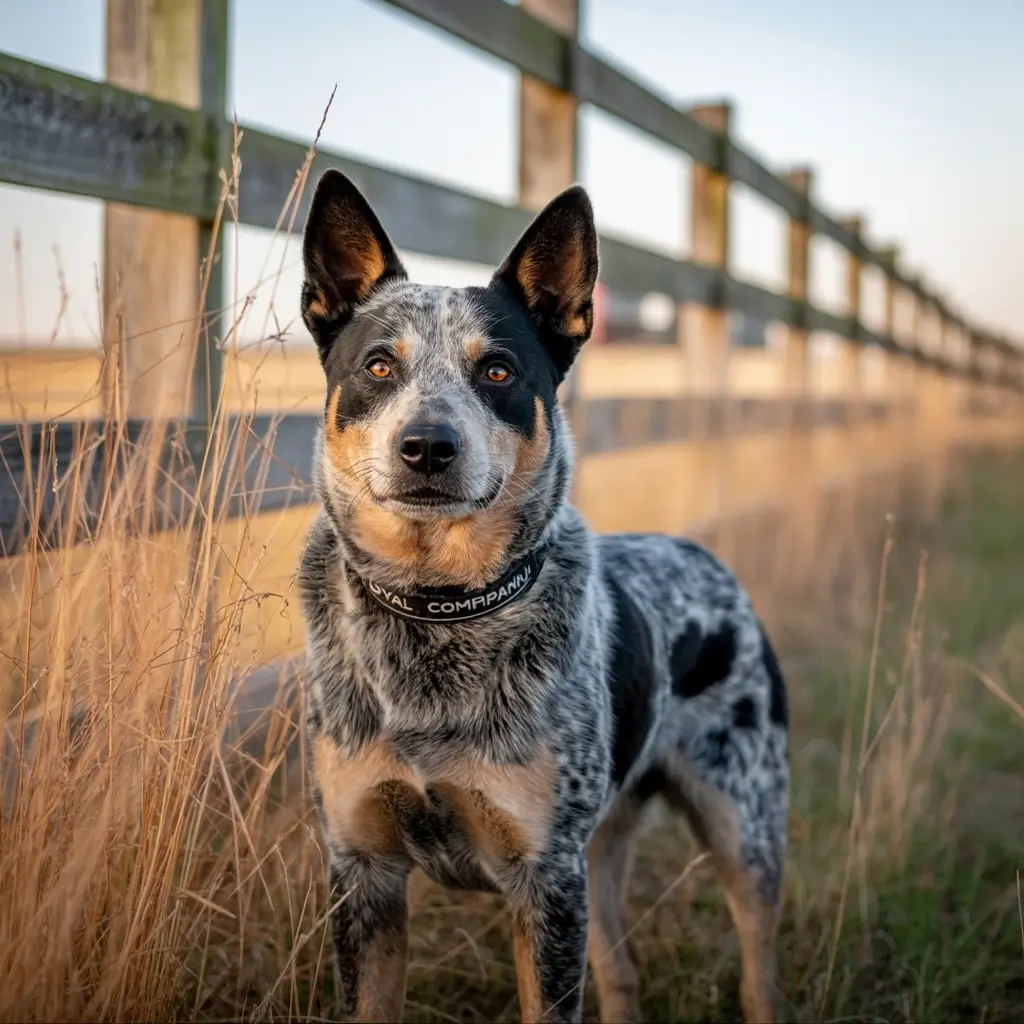6 Healthiest Dog Breeds: Strong Bodies, Loyal Hearts

Healthiest dog breeds aren’t just about good genes — they’re about sharing long walks, endless tail wags, and years of joyful companionship. Every dog is a blessing, a living heartbeat at your feet, but when choosing a new furry friend, it’s only natural to wonder: How healthy will they be? The laughter, the zoomies, the quiet cuddles on the couch — they all depend on your dog’s well-being and ability to thrive by your side for years to come.
Some dogs, thanks to their genetics, size, and natural resilience, are simply built for health and longevity. These are the healthiest dog breeds — the ones known for fewer medical issues, strong immune systems, and those beautiful, bright eyes that stay lively for years.
But this list isn’t just about stats. It’s about connection. It’s about dogs who not only live long but live with you — joyfully, loyally, and fully.
1. Australian Cattle Dog – The Tireless Companion
Known for their incredible stamina and mental sharpness, Australian Cattle Dogs are true working dogs. They rarely slow down, even in their senior years. In fact, one holds the record for the world’s oldest dog — living to 29 years!
They thrive on activity, problem-solving, and companionship. If you want a dog that will hike with you, run beside you, and still cuddle on the couch at night, this breed might steal your heart.

2. Basenji – The “Barkless” Wonder
Often called the “barkless dog,” the Basenji is elegant, quiet, and surprisingly cat-like. But beyond their unique personality, they also boast remarkable health. As one of the oldest known breeds, their genetic lines are clean, and they face few inherited diseases.
They’re agile, curious, and love staying clean — making them one of the easiest and healthiest dog breeds for low-maintenance pet lovers.
3. Border Collie – Brains and Brawn
The Border Collie is often hailed as the most intelligent dog breed. But along with that brilliance comes a body built for endurance and strength. These dogs are rarely affected by serious illnesses when bred responsibly.
Give them space to run, tasks to complete, and time to bond with you, and you’ll have a best friend that thrives in every way — mentally, physically, and emotionally.

4. Shiba Inu – Independent but Devoted
Don’t be fooled by their fox-like looks and aloof personality. Shiba Inus are deeply affectionate in their own way — once they trust you, they’re incredibly loyal.
They’re also one of the healthiest dog breeds out there. With strong genetics and minimal breed-related health concerns, they’re a great choice for families or individuals looking for a long-lasting relationship with a low-shedding, clean companion.
5. Mixed Breeds – Nature’s Secret Gift
Sometimes, the healthiest hearts and strongest bodies don’t come with pedigrees. Mixed breed dogs — often adopted from shelters — benefit from a wider gene pool, which reduces the risk of many hereditary conditions.
Every mixed breed dog is one of a kind. But what they all seem to share is an overwhelming gratitude for the humans who chose them. Their loyalty is fierce. Their joy? Infectious. They may just be the most soulful companions you’ll ever meet.
6. Belgian Malinois – Loyal Athlete
If you’re an active soul looking for a dog that can keep up with you — and then some — the Belgian Malinois is a dream. Bred for work, protection, and endless energy, they stay healthy when their bodies and minds are regularly engaged.
But here’s the thing: they don’t just need movement. They need you. They bond intensely and are happiest when they feel like part of your team — your family. That emotional loyalty only adds to their already strong physical profile.
Caring Makes the Difference
Even the healthiest dog breeds need care, attention, and love. A good diet, regular checkups, exercise, and emotional connection are what truly help dogs thrive. A dog that feels safe, seen, and loved will live not just longer, but better.
Sometimes, it’s not just about avoiding illness. It’s about waking up to excited tail wags, seeing your dog age gracefully without losing their spark, and knowing you did everything you could to give them a full, vibrant life.

Final Thoughts
Choosing one of the healthiest dog breeds is a beautiful step toward a longer, more joyful companionship — but the real secret to a dog’s lifelong well-being is you.
Your voice, your presence, your care — those are what keep their heart strong. Because at the end of the day, a dog doesn’t measure life in years. They measure it in moments with you.


